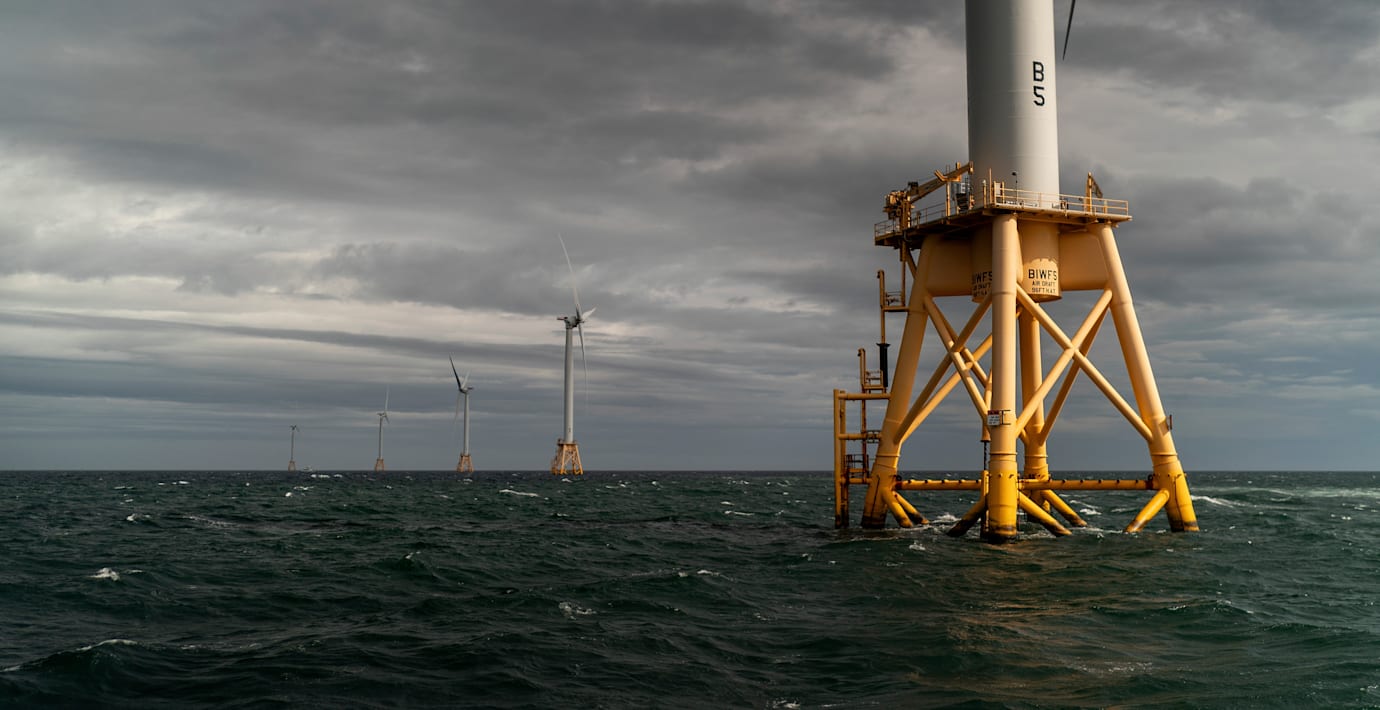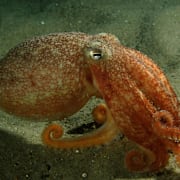
Storbritannien satsar 14 miljarder på vindkraft
Storbritanniens energiminister Ed Miliband har öronmärkt 1,1 miljarder pund, motsvarande cirka 14 miljarder kronor, för ny havsbaserad vindkraft. Det rapporterar The Guardian.
Förnybara energikällor står för ungefär hälften av elen som används i Storbritannien. Vindkraften har nyligen gått om gaseldade kraftverk för första gången. Samtidigt är det mycket långt kvar till regeringens mål om att helt och hållet eliminera koldioxidutsläppen från kraftverken till 2030. Enligt tidningens källor överväger regeringen nu att skrota målet.
bakgrund
Havsbaserad vindkraft
Wikipedia (en)
Offshore wind power or offshore wind energy is the generation of electricity through wind farms in bodies of water, usually at sea. Due to a lack of obstacles out at sea versus on land, higher wind speeds tend to be observed out at sea, which increases the amount of power that can be generated per wind turbine. Offshore wind farms are also less controversial than those on land, as they have less impact on people and the landscape.
Unlike the typical use of the term "offshore" in the marine industry, offshore wind power includes inshore water areas such as lakes, fjords and sheltered coastal areas as well as deeper-water areas. Most offshore wind farms employ fixed-foundation wind turbines in relatively shallow water. Floating wind turbines for deeper waters are in an earlier phase of development and deployment.
As of 2022, the total worldwide offshore wind power nameplate capacity was 64.3 gigawatt (GW). China (49%), the United Kingdom (22%), and Germany (13%) account for more than 75% of the global installed capacity. The 1.4 GW Hornsea Project Two in the United Kingdom was the world's largest offshore wind farm. Other large projects in the planning stage include Dogger Bank in the United Kingdom at 4.8 GW, and Greater Changhua in Taiwan at 2.4 GW.
The cost of offshore has historically been higher than that of onshore, but costs decreased to $78/MWh in 2019. Offshore wind power in Europe became price-competitive with conventional power sources in 2017. Offshore wind generation grew at over 30 percent per year in the 2010s. As of 2020, offshore wind power had become a significant part of northern Europe power generation, though it remained less than 1 percent of overall world electricity generation. A big advantage of offshore wind power compared to onshore wind power is the higher capacity factor meaning that an installation of given nameplate capacity will produce more electricity at a site with more consistent and stronger wind which is usually found offshore and only at very few specific points onshore.
Omni är politiskt obundna och oberoende. Vi strävar efter att ge fler perspektiv på nyheterna. Har du frågor eller synpunkter kring vår rapportering? Kontakta redaktionen



